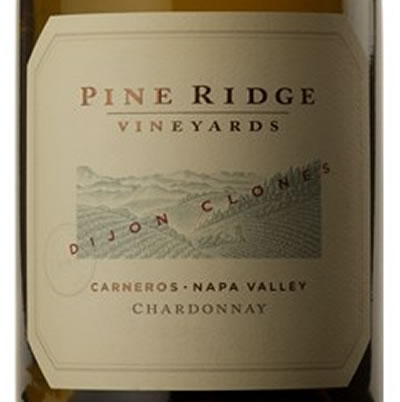Clonal Selection In Winemaking
At the risk of boring you – or worse yet, losing you altogether – I’m going to delve into a subject that I have tried to stay away from for some years now. In fact, I’ve written in the past that I quite often glaze over them myself whenever confronted by a winemaker or article extolling the virtues of the different ones. Yet, it is my duty to educate and I have had numerous inquiries regarding their uses.
Therefore, I must write about clones.
Yes, the wonderful subject of clonal selections in the making of wine is no easy read. The clones have such exotic names like Clone 4 or Clone 6. But it is worthwhile for those who seek to understand more of why a wine tastes the way it does. Clonal selection, like the battles in Star Wars, makes a huge impact on how a wine tastes. A clone by definition is something that is identically like its progenitor. In vine speak, this is a cutting from any other vine that is exactly alike. There are many reasons why vine-growers decide on a particular clone: yield, color intensity, flavors, aromatics, susceptibility/resistance to disease and appropriateness to soil type. If you think of clones in these terms, it is almost impossible to think of a wine’s true identity without knowing the clone that it is made from.
There can be dozens of clones for any one grape type. The wine most commonly listed with the mention of clones happens to be my favorite: Pinot Noir. In fact, Pinot Noir has well over 80 different clones. I list some of the more common ones that we find in three of the wines most of you will most likely encounter. It may actually be indicated on the bottle, either on the front or back label, but more than likely it is the website that will give you this type of information.
Dijon Clones: This is a larger umbrella of clones from France. 113: Irregular yielder; tight and somewhat austere wine, with some smokiness, florality; elegance rather than substance; accumulates sugar readily, which can produce high alcohols. 114: Vigorous; good phenolics; high sugars; strong colors and good aromatics; susceptible to millerandage; well-textured wines suitable for keeping. 115: small, tight clusters, giving ripe fruit low in natural acidity and high in anthocyannins with strong varietal character. 667: below average bearer; fine color and elegant aromatics; tannic wines with good fruit purity; built for keeping. 777: low yielder; intense color and aroma, round tannins, good texture shows the elegant and feminine character of Pinot Noir. FPS 04: the original “Pommard” Clone from Chateau de Pommard; small, tightly packed clusters and thick-skinned fruit resulting in intensely colored wine, solidly structured with ripe, plush tannin and concentrated black fruit flavors. Swan Clone: propagated by Joseph Swan in Russian River Valley. Late ripening; gives bright fruit character with good weight and length. Mount Eden Clone: reportedly introduced to California in the 1890s from Louis Latour’s Corton vineyards. Similar to the Pommard clone giving dark and rich flavors. Clone 828: low yielding, originally from the Macon with small berries giving intense pigmentation and deeply colored wines. Calera Clone: spicy with good body and color; mother block from cuttings from top Burgundy estates in the early ’70s; also known as a “suitcase clone.” (Grand Cru, Remington Norman, 2010) Martini Clone: a clone producing lighter colored wines with great aromatics and elegance.
If you made it this far, you must really love Pinot Noir or you’re a real “cork dork.” Either way, now you know a bit more about clones than you did before. Next week, the more than 100 clones of Cabernet Sauvignon revealed! Just kidding.
Recommendations: 2010 Melville “Terraces” Pinot Noir ($45) Planted to five different clones (Swan, Mount Eden, 115, 667 and 777), this is almost always my favorite Pinot Noir from this estate. It has a wonderful complexity and gorgeous texture, and the 2010 vintage has an extra intensity on the palate that indicates it will be a keeper, too. 2009 Pine Ridge “Dijon Clones” Chardonnay ($27) Using clones 76, 95 and 96, they craft this hedonistically creamy, oak-laden fruit bomb of a Chardonnay. This is full-tilt California in style with hints of pineapple and butterscotch.
Roberto Viernes is a master sommelier. Email rviernes@southernwine.com or follow him on Twitter @Pinotpusher.






